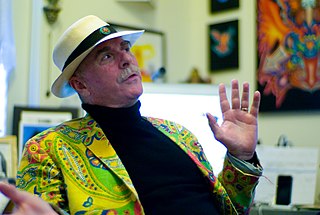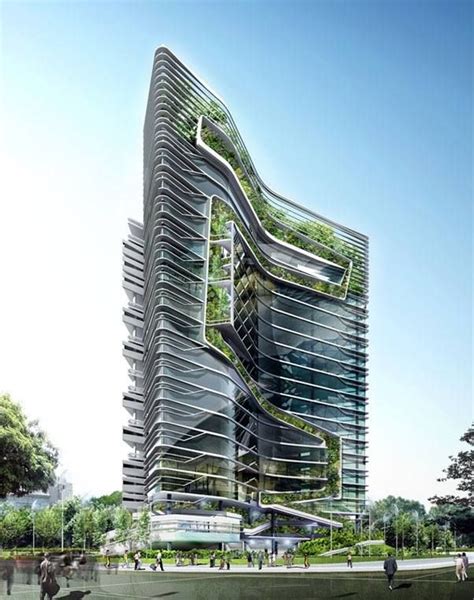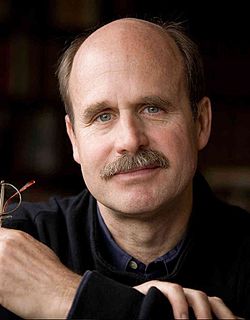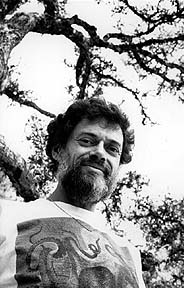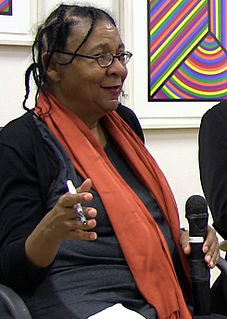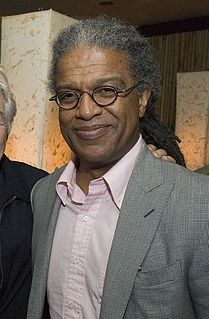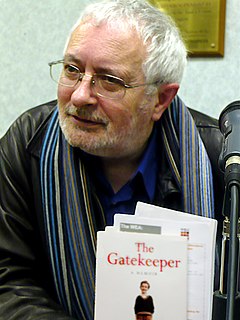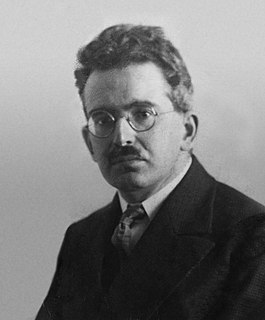A Quote by Howard Rheingold
There actually are buildings that existed in cyberspace before they built it.
Related Quotes
This fear bears no analogy to any fear I knew before. This is the basest of all possible emotions, the feeling that was with us before we existed, before this building existed, before the earth existed. This is the fear that made fish crawl out onto dry land and evolve lungs, the fear that teaches us to run, the fear that makes us bury our dead.
When you're doing something that hasn't been done before, and you're trying to build something that hasn't been built before on a platform that hasn't existed before, you are going to make mistakes. The biggest advice that I can give is to not run away from issues when they occur. Own it. Your consumers deserve that.
There are hundreds of Frank Lloyd Wright buildings around the United States and in other countries, too. Wright lived into his 90s, and one of his most famous buildings, the Guggenheim Museum in New York, was completed just before his death. Wright buildings look like Wright buildings - that is their paradox.
